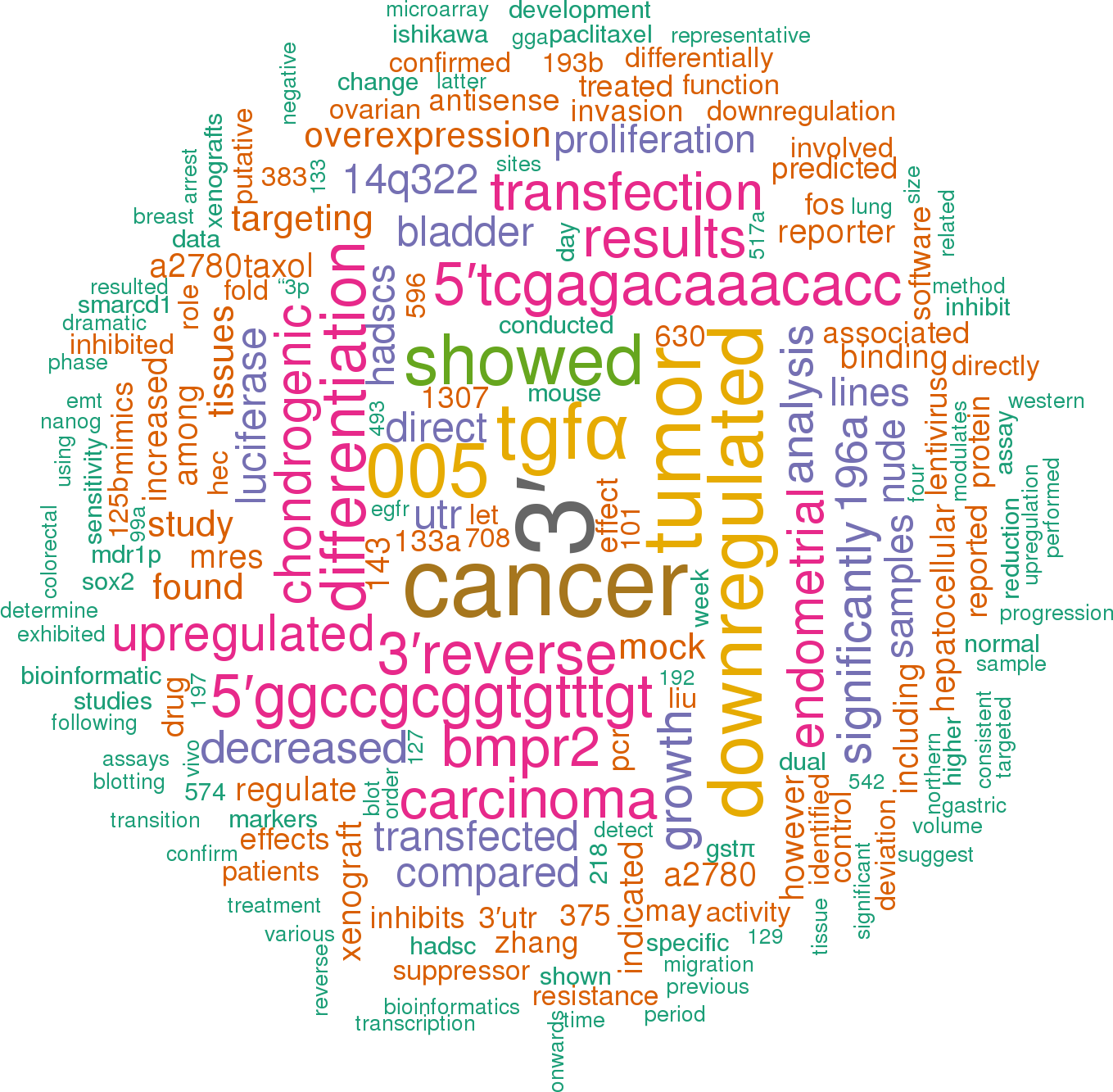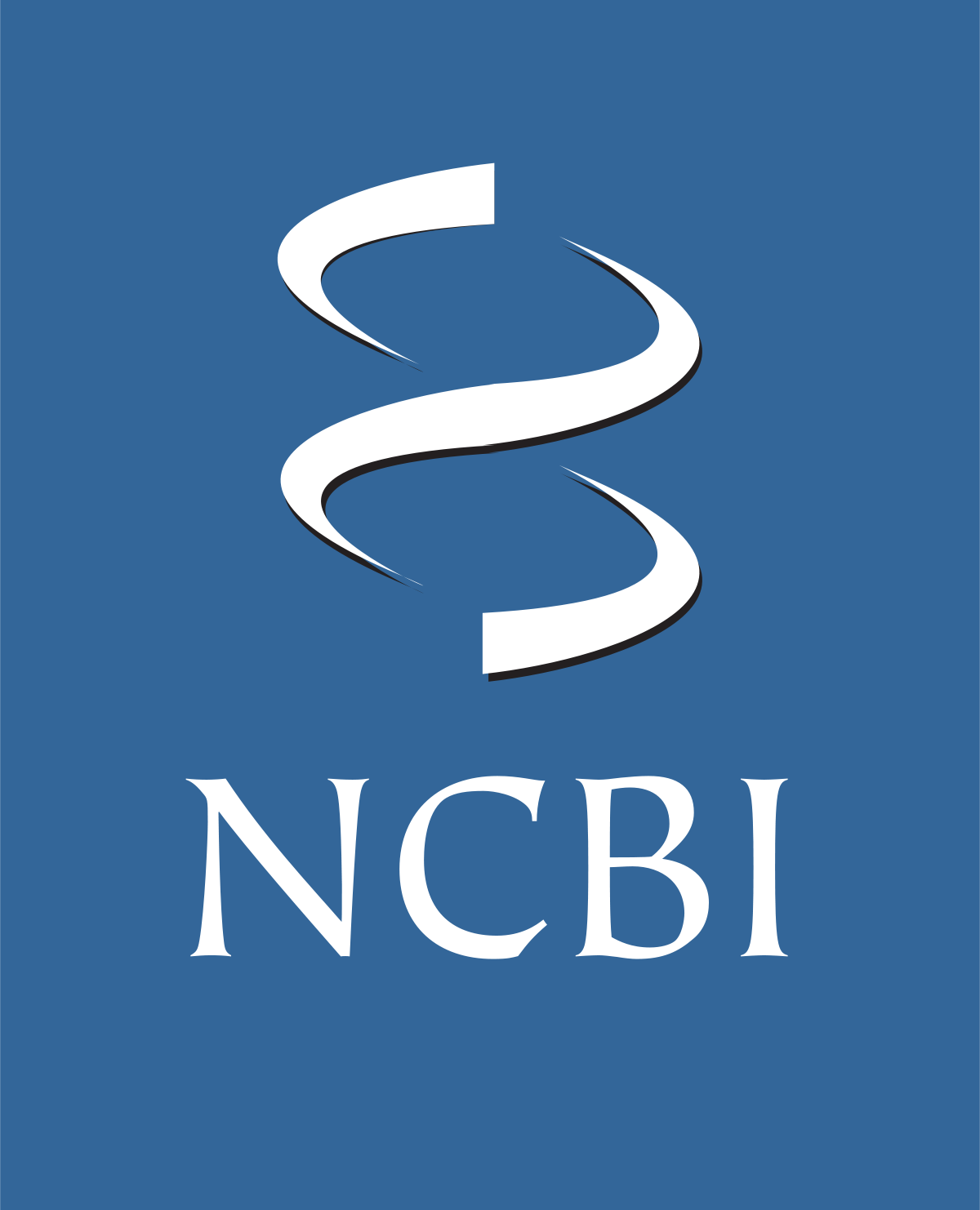Accession
MI0003125
Symbol
HGNC:
MIR490
Description
Homo sapiens
hsa-mir-490 precursor miRNA
Gene family
MIPF0000229;
mir-490
Summary
Caution, this is an AI generated summary based on literature. This may have errors. ?
MIR490 is a methylated miRNA that has been found in both cell lines and control B cells, as shown by methylation specific PCR (MSP) [PMC5485978]. It is also present in extracellular vesicles (EVs) derived from human periodontal ligament stem cells (hPDLSCs) [PMC7287171]. MIR490, along with MIR335 and MIR296, targets less than 200 genes each [PMC7287171]. In bladder cancer cells, MIR490 acts as a suppressor of cell proliferation by blocking the transcription of FOS [PMC7287171]. It has also been found to inhibit the expression of HMGA2 in osteosarcoma and affect the development potential of the cancer [PMC7287171]. In lung cancer cells A549 and ovarian cancer, MIR490 blocks the transcription of CCND1 and CDK1 respectively, both important genes involved in cell cycle progression [PMC7287171]. The expression of MIR490 can be regulated by CCAT1 in gastric cancer, and its high expression can decrease the expression of CCAT1 and restrain metastasis [PMC9844612]. In multiple myeloma patients, high expression levels of miR153, MIR490, miR455, miR642, miR500, and miR296 are associated with favorable prognosis [PMC6183594]. In lung adenocarcinoma (LUAD), down-regulation of MIR490 is observed while up-regulation of MALAT1 and HMGA2 is observed. The ceRNA network involving MALAT1 as a competing endogenous RNA for MIR490 may contribute to tumor progression in LUAD [PMC7212445]. Overall survival outcomes are poorer in lung cancer patients with lower expression levels of MIR490. Gain- and loss-of-function studies have shown that overexpression of MIR490 reduces proliferation, promotes G1 arrest and apoptosis, and suppresses migration and invasion [PMC7212445].
Literature search

34 open access papers mention hsa-mir-490
(141 sentences)
(141 sentences)
Sequence
899
reads,
22
reads per million, 19 experiments
uggaggccuugcugguuuggaaaguucauuguucgacaCCAUGGAUCUCCAGGUGGGUcaaguuuagagaugcacCAACCUGGAGGACUCCAUGCUGuugagcuguucacaagcagcggacacuucca
((((((..((((((.(((((((........((((((((.(((((((((((((((.(((((..........)).))).)))))))))..)))))).))))))))..))).))))))))))...))))))
((((((..((((((.(((((((........((((((((.(((((((((((((((.(((((..........)).))).)))))))))..)))))).))))))))..))).))))))))))...))))))
Structure
-cc g - aguucauu C -- G - aguu
uggagg uugcug uuug gaa guucgaca CAUGGA UCUCCAGGU GGU ca u
|||||| |||||| |||| ||| |||||||| |||||| ||||||||| ||| ||
accuuc ggcgac gaac cuu cgaguuGU GUACCU GGAGGUCCA Cca gu a
aca - a ------gu C CA A c agag
Annotation confidence
High
Do you think this miRNA is real?
Genome context
chr7: 136903167-136903294 [+]
Disease association
hsa-mir-490 is associated with one or more human diseases in the Human microRNA Disease Database
| Disease | Description | Category | PubMed ID |
|---|
Mature hsa-miR-490-5p
| Accession | MIMAT0004764 |
| Description | Homo sapiens hsa-miR-490-5p mature miRNA |
| Sequence | 39 - CCAUGGAUCUCCAGGUGGGU - 58 |
| Evidence |
experimental
cloned [2-3] |
| Database links |



|
| Predicted targets |



|
Mature hsa-miR-490-3p
| Accession | MIMAT0002806 |
| Description | Homo sapiens hsa-miR-490-3p mature miRNA |
| Sequence | 76 - CAACCUGGAGGACUCCAUGCUG - 97 |
| Evidence |
experimental
array-cloned [1] |
| Database links |



|
| Predicted targets |



|
References
|



